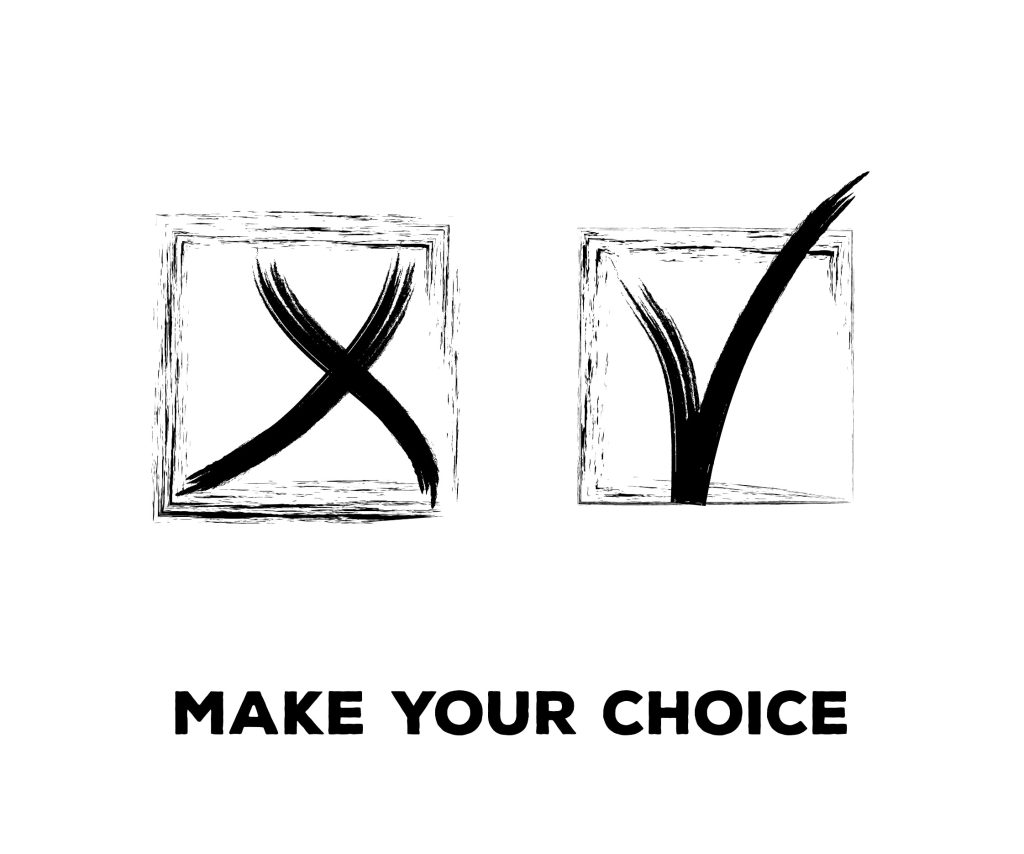Application Exercise 5g: Decision-making errors & biases

| Decision-making error/bias | Explanation |
| Anchoring effect | Consumers’ judgements are affected by some arbitrary starting value or point of reference. For example, when choosing to buy something very expensive (such as a car or house), consumers are much less fussy about spending money on the optional extras (e.g. marble kitchen benches) than if they were being asked to spend that money on the extras without the expensive major purchase making the extra purchase look cheap by comparison. |
| Overconfidence bias | Consumers often overestimate their ability to make good decisions and do not acknowledge the limits of their knowledge and understanding. For example, people mistakenly assume that their chances of winning Tattslotto are greater if they choose the numbers themselves than if a computer randomly generates the numbers in a QuickPick. |
| Herd behaviour | When confronted by decisions where the outcomes are highly unpredictable, people often follow the crowd, or the ‘general consensus’ because it feels safer. |
| Vividness | Consumers place too much weight on a small number of observations that ‘stand out’. For example, we may undertake significant research into the performance of different washing machines (using sources such as Choice or other consumer information websites) before we decide on a particular model to purchase, but we put more weight on the negative feedback about that model from our friend than the significant independently researched evidence on the model’s performance. |
| Framing bias | How options or choices are presented can influence consumer decision-making. For example, if a treatment is stated as having an 80 per cent success rate it is likely to be more palatable than if the same outcome is framed as having a 20 per cent failure rate. In fact, they are the same outcome, but just presented differently. |
| Status quo bias | Consumers tend to stick to a particular choice even though that choice is no longer in their self-interest. For example, all new mobile phones come with default settings, and research shows that many people stick with the default settings, even if those settings do not actually suit the customer. |
| Loss aversion | Describes the tendency to prefer avoiding losses to acquiring equivalent gains. For example, share market investors choosing to hold on to shares that have gone down in value. The action of selling such shares means that the loss becomes a reality. Instead they may choose to sell a better performing share. A rational investor is likely to sell off shares that are least likely to perform in the future, and hold on to those shares which are most likely to perform best in the future, in order to maximise their overall gain. |
| Availability | Where consumers tend to rely on, and use information that is most convenient and accessible when making decisions. The upshot is that consumers are guided by what is closest at hand when making choices. For example, people severely misjudge their probability of winning the lottery because it is easier to bring to mind images of lottery winners than lottery losers. |
.
